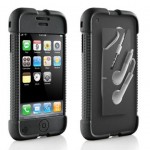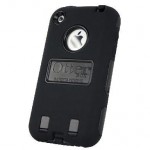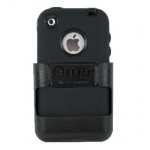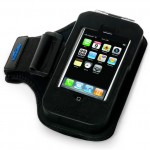I had some time to play with the BlackBerry Storm last week, and I’m surprised how much I disliked it. I feel it was a complete misstep on the part of RIM, and is indicative of the problems of handset manufacturers short-sighted thinking as they compete with the iPhone.
Competing with the iPhone is like competing with CSI
CSI is one of the top broadcast TV shows every week. Millions of people tune in to watch a fairly vapid crime drama show with cool lighting effects and gruesome murder scenes. Many millions of people. So if you are a clever TV exec, and you want to compete in the same timeslot, do you (a) create an equally vapid crime drama show with more cool lighting and gruesomer murders, (b) create a completely different show, such as a romance, comedy, reality, hospital, etc, or (c) offer alternating reruns of Matlock and Baywatch? As tempting as (c) might be, the answer is (b) – they call it cross- or counter-programming.
The World’s First Touchscreen Blackberry?
This is the main marketing campaign around the product (don’t ask me why). The commercials (much like the gPhone commercials) are blatant ripoffs of the iPhone commercials, and they shouldn’t be. This is the core problem of the whole device – it’s not an iPhone, and more to the point it shouldn’t be an iPhone. Instead of building a great next-gen BlackBerry (like they did with the Curve, Pearl, Bold), they made a less functional product by trying to duplicate the core strengths of another product. In other words, they are airing CSI: Indianapolis when they should be showing Reality Stars Paintball on Ice.
All CrackBerries need a keyboard
The BlackBerry is beloved because… it integrates perfectly into Exchange/Outlook/Corporate email environments and it is a phenomenal mobile email device. IT administrators love it as do the end-user who can easily write emails while attending meetings, at family events, on the tarmac, dinner parties, and even while driving. The product experience is heavily tied into the keyboard, one could even consider it the signature piece of the device. A BlackBerry without a keyboard can’t possibly (and, to the point, doesn’t) replicate the same “BlackBerry Experience”.
The Missed Opportunity
The “correct” touchscreen BlackBerry would have a physical keyboard as well. Seems like an obvious, yet somehow missed move by the company. Touchscreen keyboards can’t replace the physical one, and just dabbling touch-UI features onto the rest of the BlackBerry experience makes for a wholly unsatisfactory device. Instead, the company should’ve kept the form factor of the present-day device, but made the screen touch-enabled. Best of both worlds, satisfies the email-craving workaholic as well as the fun-having gadget owner.
Instead, the BlackBerry Storm might just be the mullet of phones. It’s probably the best “other” touchscreen phone on the market (so far), but that’s just not good enough. There are plenty of ways to compete with the iPhone, and I’m dissappointed at the lack of originality and creative thinking displayed by other cell phone manufacturers. Something tells me the best competition will come out of left field, the way Asus first innovated with their eeePC. I hope the clever product people at RIM who’s ideas got shot down to make the Storm can bring out the concepts they really wanted to ship (and I’m just going out on a limb with that – despite being Canadian I have no special insight into their product roadmap).


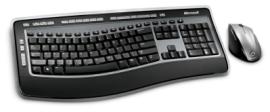









 Note: If you’re not familiar with
Note: If you’re not familiar with 



 Like Jessie, the Nextar T30 is in a field laden with tough competitors. Jessie Spano always seemed to find herself shown up in one way or another. The Nextar finds itself similarly outcompeted:
Like Jessie, the Nextar T30 is in a field laden with tough competitors. Jessie Spano always seemed to find herself shown up in one way or another. The Nextar finds itself similarly outcompeted:















